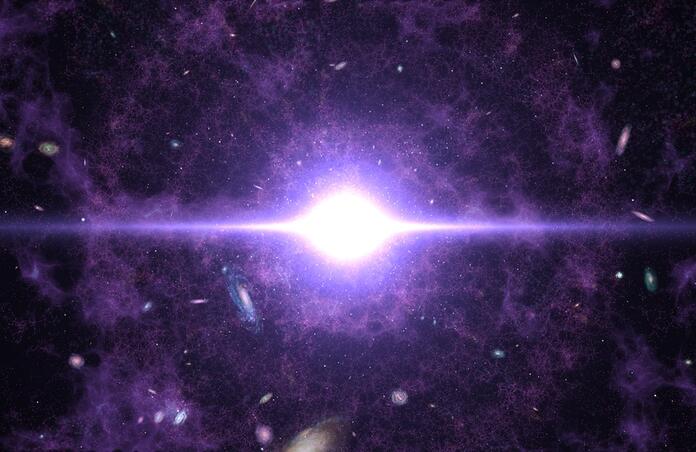Evidence for Contamination in CMB by Early Type Galaxies

Shortly after the Big Bang, the early universe was an ultra-hot and dense soup of fundamental particles, including charged electrons and photons. In this environment, photons constantly bounced off the free electrons. As the universe expanded and cooled, electrons could be captured by protons to form neutral hydrogen. This depleted the population of free electrons and gradually reduced the rate at which photons would scatter. Some 380,000 years after the Big Bang, during the era of photon decoupling, the probability of a photon interacting with another particle became negligible. At this point, photons were able to travel freely through space, no longer scattering off matter.
Over time, as the universe continued to expand, these photons were stretched and redshifted. Today, they have shifted into the microwave range of the electromagnetic spectrum and can be observed as the Cosmic Microwave Background (CMB), which permeates the entire universe. The existence of the CMB has since been a key source of evidence for the Big Bang, as well as the standard model of cosmology, known as ΛCDM.
However, a new study led by Eda Gjergo calls prior interpretations of the CMB data into question. This research aims to address the recent discoveries by the James Webb Space Telescope (JWST) identifying evolved galactic structures at far more extreme redshifts than previously anticipated. The authors propose that radiation emitted by these early type galaxies (ETGs) could plausibly have been redshifted into the same spectral range as the current day CMB.
In order to identify how this impacts the CMB spectrum, the authors model the early formation of these ETGs under the assumption that they formed rapidly at high redshifts (z ≈ 15–20) through intense starbursts. From these, they can estimate the radiation output of such a galaxy over time, and scale this to their output across the universe. The resulting photons are then assumed to be fully thermalised, absorbed by dense interstellar dust before being re-emitted as thermal radiation. Finally, this radiation is redshifted by cosmological expansion, to the present day.
By their most conservative estimates, Gjergo et al. suggest that 1.4% of the CMB’s energy density should instead be attributed to ETG emission. This conclusion has far-reaching implications across the field of cosmology, as key parameters, such as the Hubble constant and curvature parameter, depend on our interpretation of the CMB.
They also make mention that, while less likely, small tweaks to their assumptions can cause the entire CMB to come from ETG emissions. If this were true, it would upend the entirety of ΛCDM as well as the prospect of a big bang. That said, it is worth noting that many robust observations have corroborated the idea that the majority of the CMB originates 380,000 years after the big bang, while these ETGs are assumed to have formed starting from ~200 Myr.
Nevertheless, this prospect still presents exciting avenues for future research. The authors emphasise that their work is a proof-of-concept analytic model and call for more detailed analyses that model galaxy formation, luminosity, and dust evolution more thoroughly. They also stress the need to investigate the role of this contamination on our interpretation of CMB, in particular on the CMB power spectrum and the resulting estimation of the Hubble parameter.
--
Journal Source: E. Gjergo and P. Kroupa, The impact of early massive galaxy formation on the cosmic microwave background, Nuclear Physics B, Vol 1017, (2025), DOI: https://doi.org/10.1016/j.nuclphysb.2025.116931
Cover Image Credit: NASA
